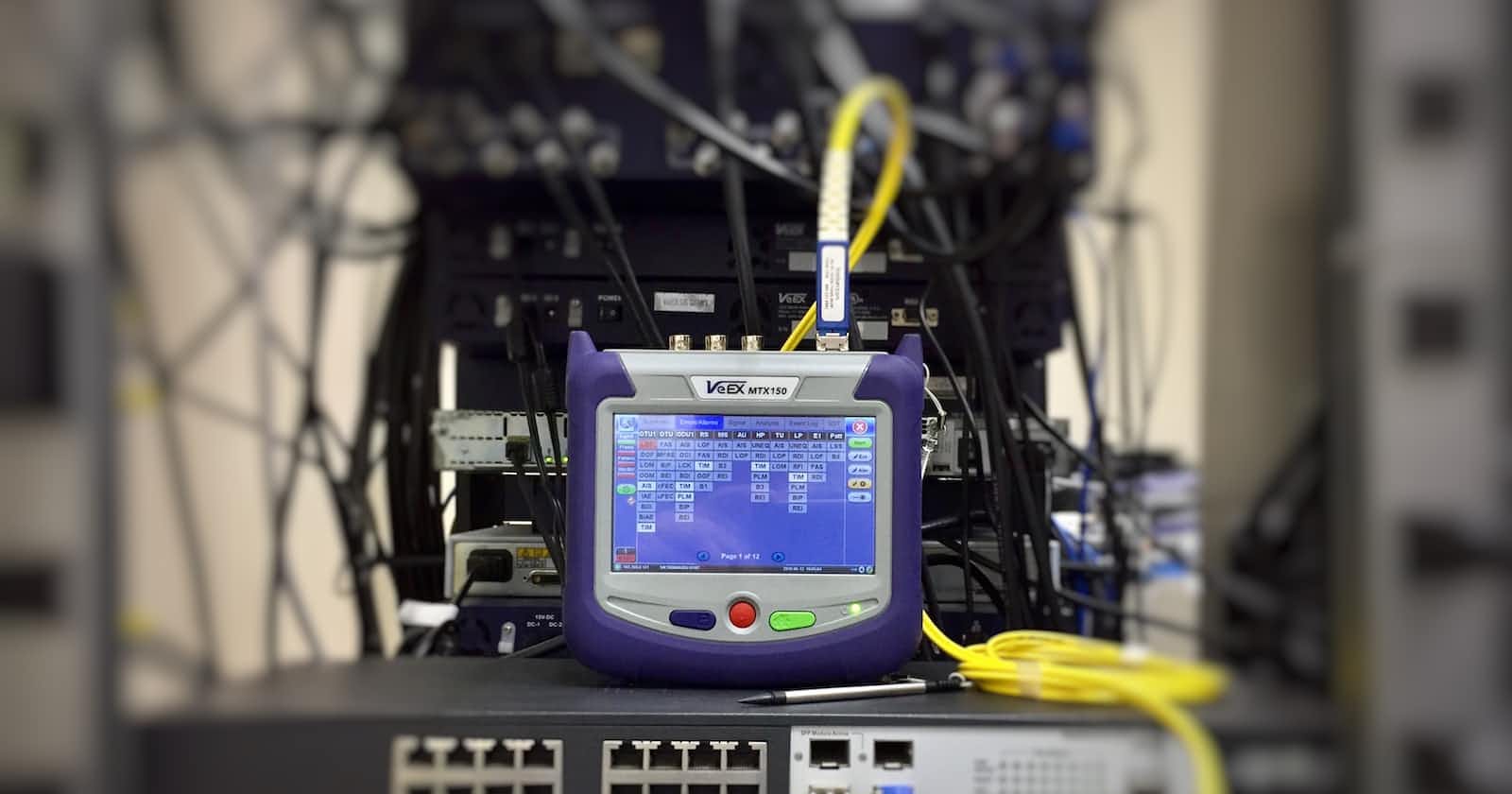
Photo by Ildefonso Polo on Unsplash
Understanding the Forgotten Layers of the OSI Model: Demystifying Layers 5, 6, and 7
Have you ever felt overwhelmed by the intricacies of the OSI model, particularly layers 5, 6, and 7? You're not alone. Many resources present the OSI model as a dry, theoretical concept, leaving you wondering how it applies to the real world. This blog post aims to demystify these often-neglected layers, providing a practical understanding of their role in network communication.
Beyond the Basics: Breaking Down Hop-to-Hop, End-to-End, and Service-to-Service Communication
Before diving into the specifics of each layer, it's crucial to grasp the fundamental concepts of network communication:
Hop-to-hop: This refers to communication between devices directly connected to the network.
End-to-end: This encompasses the entire communication path between a source and a destination device, potentially involving multiple intermediary hops.
Service-to-service: This focuses on the communication between software applications on different devices.
Understanding Session Layer (Layer 5): Managing User Sessions
Layer 5 is crucial in distinguishing and maintaining multiple user sessions on a single network. It allows protocols to identify users independently of their physical addresses, ensuring separate connections and data streams, even for users sharing the same network infrastructure.
Example: HTTP Cookies and Layer 5 Functionality
Imagine browsing multiple websites simultaneously on your phone. Layer 5 ensures that each website receives your data and responds accordingly, independent of your IP address. HTTP cookies are a perfect example of this functionality. They allow websites to identify you and maintain your session state, even if you switch networks.
Presentation Layer (Layer 6): Interpreting the Data's Language
Layer 6 acts as the interpreter, translating the digital language of ones and zeros into meaningful data. It handles the encoding scheme (e.g., base64, ASCII) and defines how data bits are grouped into characters and symbols.
Example: HTTP and ASCII Encoding
When you see text on a web page, it's thanks to layer 6. HTTP uses extended ASCII encoding, which translates eight-bit binary sequences into familiar letters, numbers, and symbols. Layer 6 ensures that both the sender and receiver interpret the data correctly.
Application Layer (Layer 7): The Voice of Applications
Layer 7 is where the action happens. It defines the commands used by applications to communicate with each other. These commands tell the receiving application what to do with the received data, triggering specific actions like displaying a web page, downloading a file, or playing a video.
Example: HTTP GET Request – The Command that Starts it All
Think of clicking a link on a web page. The initial eight characters sent from your browser are the application command (e.g., "GET"). This simple command tells the web server to retrieve the specific web page you requested.
Beyond HTTP: Diverse Implementations Across Protocols
While HTTP serves as a common example for layers 5, 6, and 7, other protocols like FTP or email implement these layers differently. Each protocol chooses the most suitable implementation to achieve its specific communication goals.
OSI vs. TCP/IP Model: Combining Layers for Practicality
The TCP/IP model, the foundation of the internet today, takes a more practical approach. It combines layers 5, 6, and 7 into a single application layer. This reflects the diverse implementations within different protocols and simplifies the overall model.
Conclusion: Moving Beyond the Theoretical OSI Model
The OSI and TCP/IP models are valuable frameworks for understanding network communication. However, getting bogged down in memorizing specific layers can hinder your understanding. Instead, focus on the fundamental concepts of hop-to-hop, end-to-end, and service-to-service communication. By grasping these overarching principles, you'll gain a deeper understanding of how different layers work together to ensure seamless network functionality.
